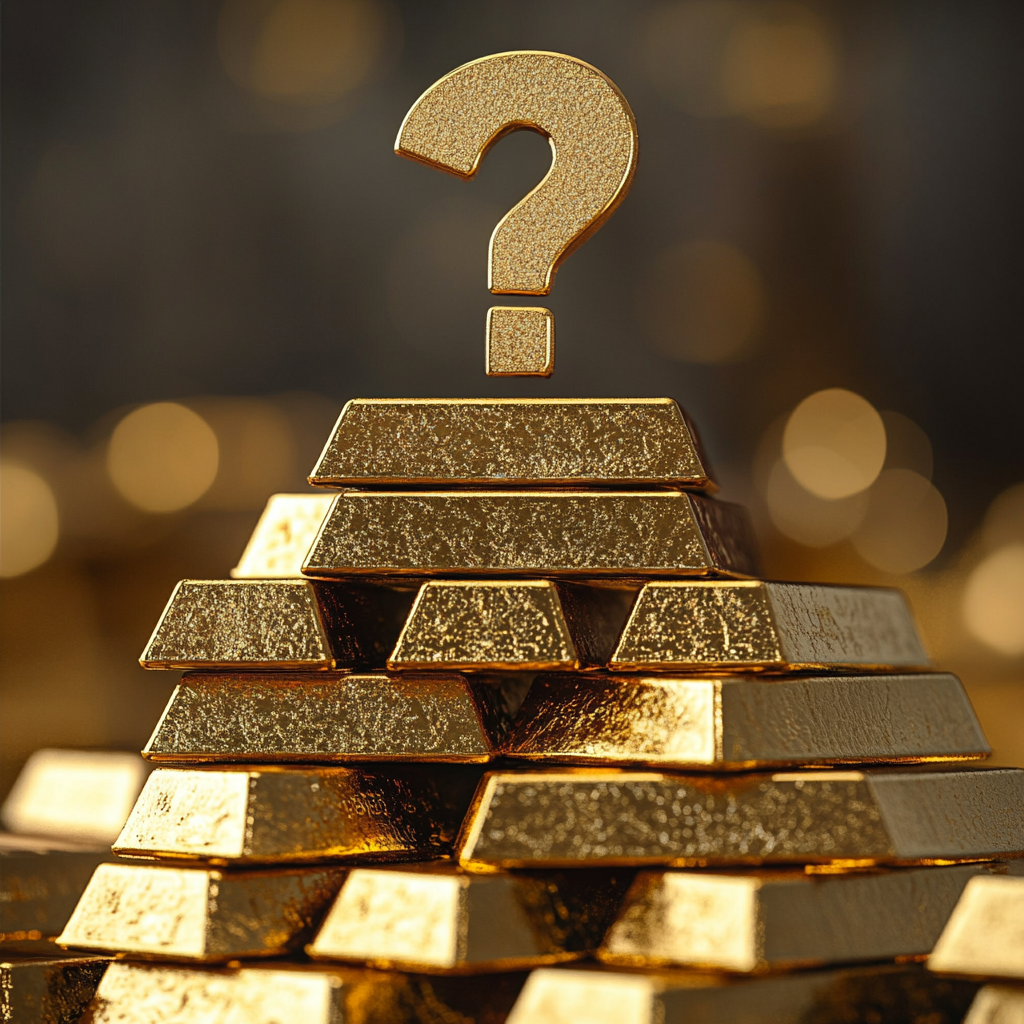Gold is quickly reaching the mania phase in China, and there are clear signs of it on the ground.
About a month ago, we reported that for the first time ever, the Chinese government is promoting gold and silver as investments. And by “promoting,” we meant cramming it down people’s throats.
We knew this was ground-breaking news at the time– a clear indication of long-term demand growth, as well as a sign that the government will be accepting higher inflation in the future.
Ironically, this story was little noticed in the gold industry at the time, mostly because the information was only being circulated in China (in Chinese, for that matter). Fortunately, my friend and China insider Christine Verone was able to get me the scoop, and we ran it here first.
Since that report, three things have happened;
First- the mainstream media has latched on to the story about Chinese gold… Forbes, Moneyweek, Reuters, the blogosphere; it’s out there now, and adding a bit of extra buzz to the gold market.
Second- the government has stepped up its promotional campaign, and Chinese consumers have responded on cue. Gold demand has grown dramatically just this year, particularly as savvy local investors are starting to view Chinese stocks suspiciously.
Third- and perhaps most importantly, Christine literally made history by becoming the first foreigner EVER in China to be certified in any professional capacity by a Chinese commodity exchange.
I’m looking forward to all the great information that Christine will be able to share with me about Asia’s gold markets when she’s not tied up making deals in Mongolia or working with bankers and offshore trusts in Singapore and Labuan. In the meantime, the two of us had quite an interesting tour of Chinese gold shops.
You can buy gold in China at any bank– even tiny banks in tier-3 cities sell gold. The government has also set up official Chinese Mint stores all over the country. On the inside, they look like jewelry shops– armed guards, glass viewing cases, etc. But instead of diamond crusted earrings and white star sapphires, you see bars. Lots of bars.
The government mints bars in sizes ranging from 5 grams (which are so tiny they’re actually cute) to 1 kilogram. The prices are updated instantly– they have a Bloomberg screen which tracks the spot price, generally indexed to the Renminbi price in Shanghai rather than New York or London (another sign of Chinese financial independence).
The bars are all serialized and 9999 purity, the same as you would get from Switzerland. They are also certified by the gold exchange, which validates the quality. The premium runs 10 renminbi per gram, or roughly $30 (US) per ounce.
We went into several stores and saw Chinese people buying like crazy… all with cash. The most popular denominations were 10 grams and 50 grams, as well as every piece of jewelry in sight. I’m surprised the mint shops didn’t sell out at the inventory was flying off the shelf.
Christine has some great contacts at the shop across the street from the Westin Hotel– if you take a taxi there, ask for the WEE-stin (that’s how they say it) and you will see the shop on the opposite corner. Ask for Gao Ping, he speaks great English.
Given the ultra low cost, storage options (that I will get into later), and ease of transport, China is a great place to buy and store gold… especially if you find yourself there for business already.
And remember, if you are a United States taxpayer, one of the best ways to buy gold is through a self-directed IRA. You will be able to hold physical gold (and even store it overseas), all through your tax-deferred retirement account.
In my opinion it’s an absolute no-brainer. The above link is to an interview we conducted with an agency that sets up these self-directed IRA accounts, and I think you’ll find it incredibly informative.







